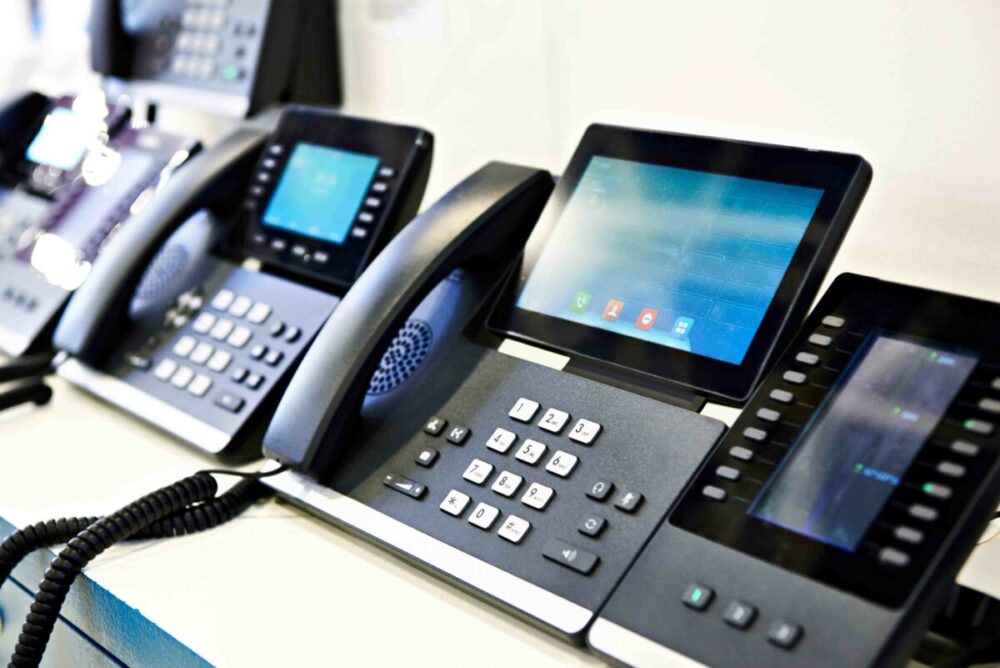The technology behind VoIP phone systems may not be new, but everything about it still troubles so many as this system is constantly improving, and one really needs to keep up with the latest tech in order to understand all of the VoIP advantages. Yes, some of you may already know what VoIP stands for, and some might even know how it changed our lives, but very few really know how it actually works. The system is complex yet simple, depending on how you look at it and how great your knowledge on this subject is. On the other hand, for someone new to all this, it may seem confusing, but there is no need to worry, as that’s precisely why we are here so, for those who want to learn more, what better way to do so than to learn on other people’s mistakes. With this said, let’s have a look at the top four things everyone needs to know about VoIP phone systems.
What is it, and how it works?
Well, probably the first thing that we need to explain is what VoIP phone systems are and how they work. The simplest explanation is that VoIP stands for Voice over Internet Protocol, and that allows us to use phone services through the internet network. We need a stable and high-speed internet connection for that, but once we provide it, we can use all the benefits of phone services like voicemail, call recording, and even SMS texts. Besides that, it also allows us to use features like call routing, forwarding, caller ID, and even video conferences. It works through a simple system that converts our voice into digital data and uses a router to send it through our internet connection. The great thing that VoIP usage can provide is using desktop computers like so-called softphones if we have audio and voice input and output, which almost each of them has. If you want to learn more about this technology, visit aircall.io, and you will find everything you need to know.

Types of services
As you might have guessed, there are several ways to connect and use VoIP services, depending on personal preferences, what your business may need, and, of course, the budget. The least expensive type is definitely the computer to computer one as everything one may need they usually already have like microphone, sound card, and high internet connection. The only addition is the software which is in 9 out of 10 cases what the company provides. It may not be the ideal VoIP type, but for sure is the one that costs the last as all the charges and bills are only usual VoIP fees.
The second one is ATA, or connecting a regular phone to the network. The way it all works is pretty simple, and either the device performs conversion by itself, or there is software that does those things. What’s great about this one is that it’s often included in your provider’s package.
The last one is about the softphones mentioned above, and the main difference between these two previously mentioned types is that the whole system may be software or hardware-based. The first one uses an app for making a phone call that connects mics and speakers that are already in use, while the second one uses the data network directly and is not dependent on any other devices.

Lower costs
Many people are switching to VoIP instead of using traditional telephony because of lower costs. Almost every person in the world uses the internet, and because of that, it is much easier to switch to VoIP phone systems and pay less for the same services. This technology offers us all features like traditional telephony and even more for the lower price, so why not give it a chance, especially if we can pay less for the same services.
It is easy to set up
Probably the biggest benefit of this phone system is that it is pretty easy to set up, and it does not require special hardware. It is sufficient to have a good internet connection, decent bandwidth, and plug-and-play phones which are certified for a provider whose services you want to use. It is everything in a situation when you decide to call the provider and let them set up everything, but for those who want to do all set up on their own, there is little more work. For those who want to use a self-hosted system, it is necessary to set a private branch exchange system which is known as PBX. Its job is routing calls to appropriate phones connected to a network. Besides that, it is important to have a PTSN gateway that will be between the PBX and traditional phones.
Another option is to use a cloud-based phone system that does all the hosting through a cloud service provider. In that way, you pay the subscription, and they do the entire job. The great thing is that these IP phones can be tuned by using the provider’s interface, and we can make them even better. We can usually find them in two different versions, and one of them is traditional phones, while the other is so-called softphones. The first version has the same options as traditional phones, which means that we have the speakerphone option, multi-caller function, and some of them have a video conferencing option.
The other version is much improved, and besides all these functions, we also can send instant messages and video conferencing face-to-face. It is up to us to choose the best option for us, but it is good to know that all of them are easy to set up and use.

The bottom line
Understanding how these phone systems work may not change your life but will make it much easier, as you’ll know what type suits you the most, and from everything mentioned above, it’s pretty clear how knowing crucial facts about it can affect your decision. Deciding on which type to choose can take some time, but price shouldn’t be an issue if you want to get the best service. On the other hand, if someone is satisfied with the features they already have, there is no need to add and pay for something they will not use.
When it comes to advantages and disadvantages, it’s pretty obvious why VoIP is always a much better choice than a traditional landline, as the only thing needed is a reliable and stable internet connection.





